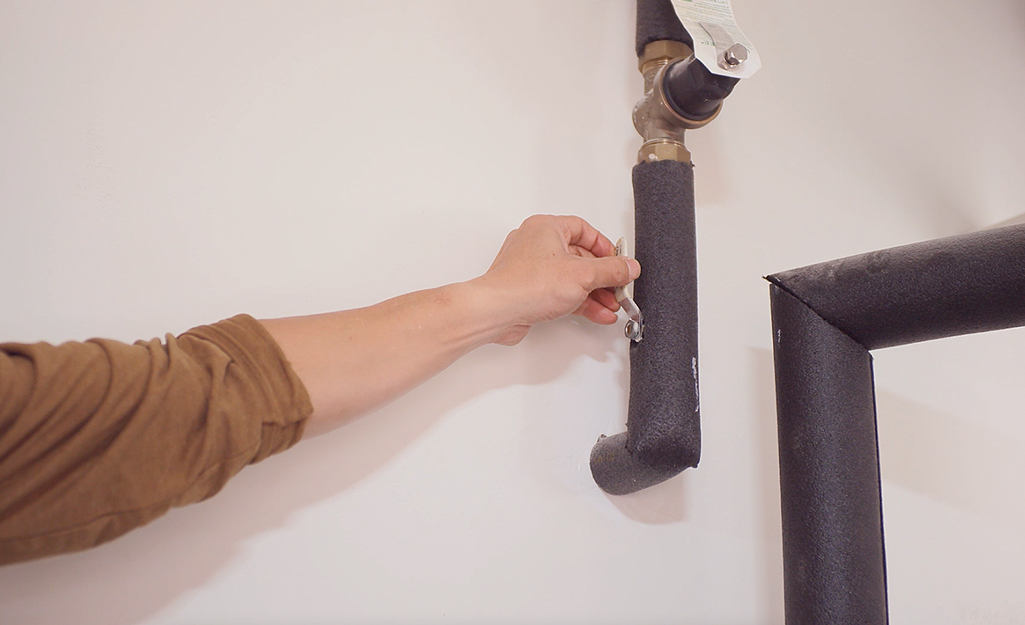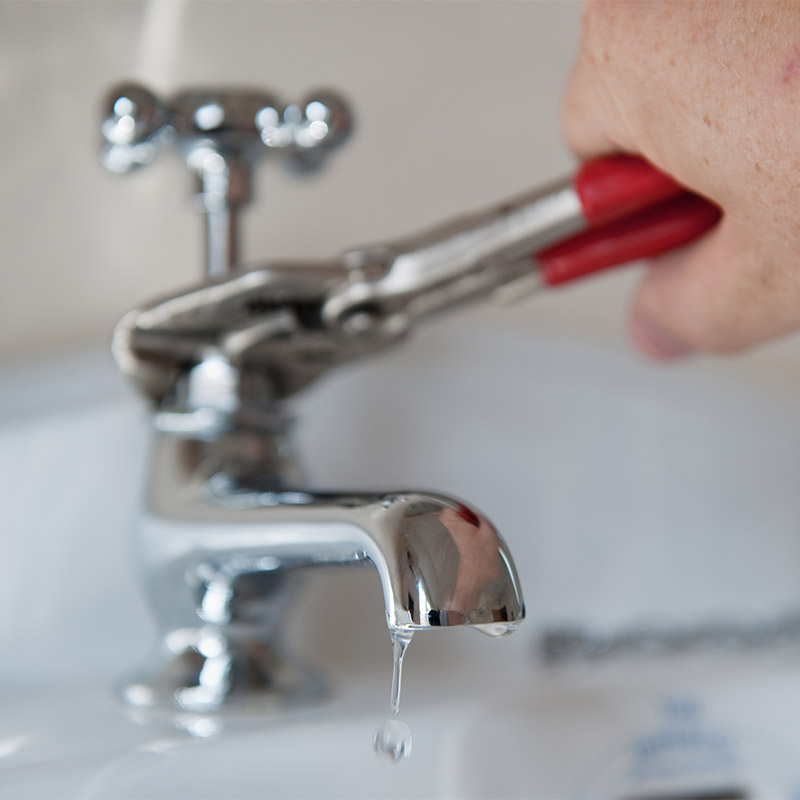Why It's Necessary to Fix a Faulty Faucet
Why It's Necessary to Fix a Faulty Faucet
Blog Article
What're your ideas about Why Are My Faucets Dripping (And Can I Fix It Myself)??

Dripping faucets may seem like a minor hassle, yet their effect exceeds simply the inconvenience of the audio. From drainage to incurring unnecessary financial expenses and health risks, ignoring a leaking tap can lead to different effects. In this write-up, we'll look into why it's crucial to address this usual family concern quickly and successfully.
Waste of Water
Environmental Effect
Trickling taps add dramatically to water waste. According to the Environmental Protection Agency (EPA), a solitary tap dripping at one drip per second can squander greater than 3,000 gallons of water per year. This not just pressures water resources however additionally influences environments and wild animals dependent on them.
Financial Costs
Boosted Water Expenses
Beyond the environmental influence, trickling faucets can pump up water bills substantially. The collected wastage over time converts into higher utility costs, which could have been stayed clear of with timely repairs.
Prospective Building Damage
In addition, extended dripping can cause harm to fixtures and surfaces surrounding the faucet. Water buildup can cause staining, rust, and even architectural issues if left unattended, causing added repair service expenses.
Health and wellness Worries
Mold And Mildew and Mildew Development
The constant visibility of dampness from a dripping faucet creates a perfect atmosphere for mold and mold growth. These fungi not just endanger interior air high quality yet likewise present health and wellness dangers, particularly for individuals with breathing problems or allergies.
Waterborne Illness
Stagnant water in trickling faucets can become a breeding ground for germs and various other microorganisms, increasing the risk of waterborne conditions. Impurities such as Legionella germs flourish in stagnant water, possibly bring about severe diseases when consumed or breathed in.
Do it yourself vs. Expert Fixing
Benefits and drawbacks of DIY Fixing
While some may try to take care of a dripping tap themselves, DIY fixings feature their very own collection of obstacles. Without proper knowledge and tools, DIY efforts can aggravate the concern or result in incomplete fixings, lengthening the issue.
Benefits of Hiring a Specialist Plumber
Working with a specialist plumber guarantees that the underlying cause of the leaking tap is dealt with effectively. Plumbings possess the know-how and devices to identify and repair faucet issues successfully, conserving time and decreasing the threat of more damage.
Step-by-Step Overview to Fixing a Dripping Faucet
Tools Needed
Before trying to take care of a leaking faucet, gather the required devices, consisting of an adjustable wrench, screwdrivers, substitute parts (such as washers or cartridges), and plumber's tape.
Common Tap Issues and Their Solutions
Determine the sort of tap and the details problem causing the drip. Usual issues consist of damaged washing machines, rusty valve seats, or faulty O-rings. Describe supplier guidelines or online tutorials for detailed assistance on repairs.
Preventive Measures
Routine Upkeep Tips
To prevent leaking faucets, execute routine maintenance such as cleaning up aerators, inspecting for leaks, and replacing damaged components promptly. In addition, think about setting up water-saving devices or updating to a lot more effective components.
Importance of Prompt Repair Works
Addressing dripping faucets as quickly as they're noticed avoids additional water wastage and potential damage, ultimately saving both water and money in the long run.
Influence On Home Worth
Perception of Well-Maintained Residential Property
Maintaining a property in good condition, consisting of addressing upkeep problems like trickling faucets, boosts its viewed value and value amongst prospective customers or lessees.
Influence on Resale Value
Properties with well-kept plumbing components, consisting of taps, command higher resale worths in the realty market. Addressing leaking faucets can add to a positive perception during home evaluations and arrangements.
Ecological Obligation
Private Payment to Preservation
Taking obligation for dealing with leaking faucets straightens with broader efforts towards water preservation and environmental sustainability. Every individual's activities collectively make a considerable effect on preserving precious resources.
Sustainable Living Practices
By prioritizing timely repairs and adopting water-saving behaviors, people contribute to sustainable living methods that profit both present and future generations.
Final thought
Dealing with a trickling tap surpasses plain comfort; it's an important action towards conserving water, reducing economic prices, and guarding health and wellness and building. Whether with do it yourself fixings or expert aid, doing something about it to repair trickling faucets is a little yet impactful means to advertise responsible stewardship of sources and add to a much healthier, much more sustainable future.
How to Fix a Dripping or Leaky Faucet
A leaking faucet is one of the most common problems that homeowners encounter, but it being commonplace doesn’t make it any less annoying. The constant drip drip drip of a leaking bathtub faucet, showerhead, or sink tap can disturb your home’s serenity. Left neglected, a dripping faucet can also result in higher water bills and discoloration or mold growth in your sink or plumbing fixtures.
Fortunately, you don’t have to be a trained plumber to know how to stop a dripping faucet. With some basic tools, replacement parts, and a little patience, leaky faucet repair is a breeze. In this article, we’ll explain what causes dripping faucets and how you can fix them.
What Causes a Leaking Faucet?
Kitchen and bathroom faucets come in all manner of designs, but most involve some combination of valves, O-rings, seals, and washers. The O-ring is usually the weakest link, but any one of these pieces can wear down over time. Heat, moisture, temperature fluctuations, minerals, mold, and movement can contribute to warping and corrosion, breaking the watertight seal. This just comes with the territory of being a homeowner. Everything is always subject to wear and tear, and some component parts of your appliances and fixtures need to be replaced on occasion. At least replacement O-rings are cheap!
More rarely, dripping faucets can be a symptom of excessively high water pressure. Were this the case in your home, you would probably notice that the leak is not isolated to one faucet. Water pressure issues are harder to resolve on your own. We recommend contacting a professional plumber if you suspect your water pressure is too high.
How to Fix a Dripping Faucet
Pipe wrench or monkey wrench Allen wrench set Screwdrivers Old towel or rag Shut off the water.
Before you do anything, you need to turn off the water to keep from drenching your kitchen or bathroom. You should find a valve under the sink and against the wall. Once you’ve turned this valve, try turning the faucet on to confirm that the water source has been cut off.
If you can’t locate your local valve for the faucet you’re working on, you can always shut off the water to the house at the main valve. Of course, this will prohibit anyone from using the sinks, showers, or toilets while you’re working on the faucet that’s giving you trouble.
Plug or block the drain.
You’ll be disassembling the faucet and removing some small bits of hardware. Plug the drain with a stopper or rag to avoid the possibility of a small screw falling into your P-trap.
Take apart the faucet assembly.
There are several varieties of kitchen and bathroom faucets, each with its own manner of assembly. For detailed instructions on how to disassemble your faucet, you can refer to the fixture’s manual or contact the manufacturer. If you know whether you have a ball, disc, cartridge, or compression faucet, you can find detailed schematics online.
In general, you need to begin by removing the faucet handles. You might notice a small screw that you’ll need to remove with a screwdriver or Allen wrench. If you don’t see any visible securing hardware, it’s likely hidden under a decorative cap that can be unscrewed or popped off with flathead screwdriver.
Remove each piece methodically, consulting a schematic when necessary. Take notes or arrange the pieces in such a way to make it easier to correctly reassemble the faucet later.
Remove the cartridge.
Once you’ve removed the handles and securing hardware, you should be able to remove the valve cartridge or stem. Some cartridges will slide right out. Other faucet models will require you to loosen a nut with a pipe wrench before you can remove the valve stem.
Examine the exposed hardware.
With the cartridge or stem removed, inspect the component parts. Check the rubber O-rings for wear and tear. Also examine the seat washer for corrosion or other damage. These pieces are usually the responsible parties for a dripping faucet, but it’s worth inspecting the other component parts while you have the faucet disassembled.
Find replacement parts.
Once you’ve identified which faucet component has failed, find an identical replacement. Your local hardware store should have O-rings, seat washers, and other standard components in stock. If you have a luxury or uncommon faucet, you may have to contact the manufacturer for a replacement part.
It’s a good idea to take your old parts with you to the hardware store so you can compare them with the store’s inventory and be sure you’re purchasing the correct replacement.
Reassemble the faucet.
With your new parts in hand, reconstruct the faucet and handles. Don’t be tempted to overtighten screws or nuts. You might think this could create a better seal, but it can instead damage or bend a delicate part of the assembly and create a new problem for you.
Turn on the water and test the faucet.
The only thing left to do is test your work. Unplug the sink, turn the water back on, and try the faucet. Congratulate yourself on a job well done!
https://www.libertyhomeguard.com/how-to-fix-a-dripping-or-leaky-faucet/

We had been shown that editorial about How to Fix a Dripping or Leaky Faucet from a good friend on another web property. Be sure to take a moment to share this page if you enjoyed it. Many thanks for your time invested reading it.
Report this page